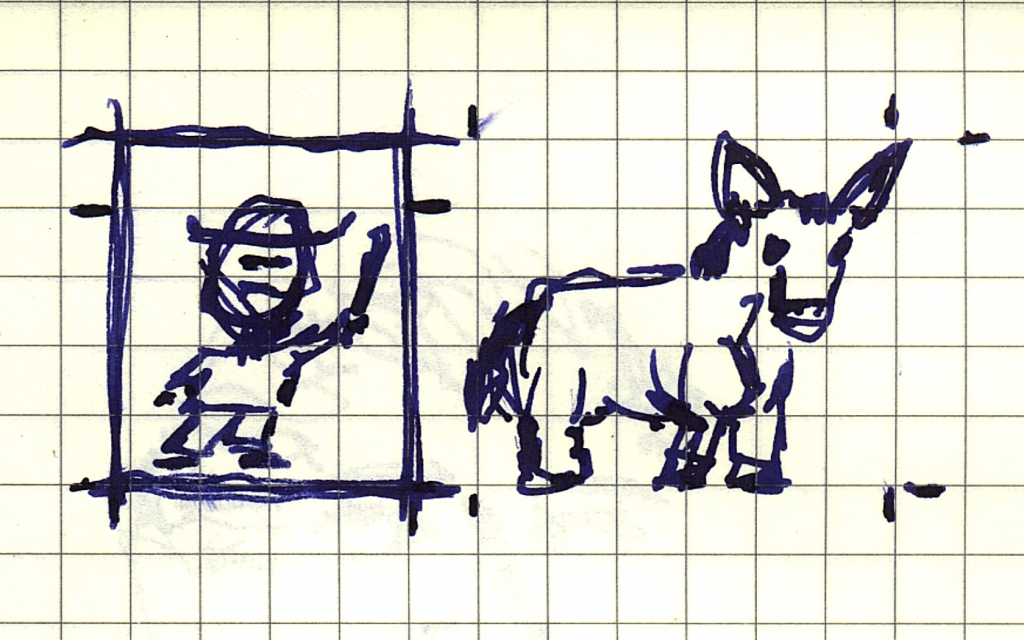-
Why Watson Thought Toronto was a US City
Why Watson Thought Toronto was a US City heyitsnoah: In an interview over at The Browser, Stephen Baker, who has a new book on IBM’s Watson and computer intelligence, explains how the computer could have possibly thought Toronto was a US city: Let’s review this. TheJeopardy! category was U.S. Cities, and the clue was, ‘This…
-
Editor’s Note: Today we announced the full availability of Microsoft Kodu Game Lab for the PC and the launch of a nationwide Kodu Cup competition. We’re inviting students, aged nine to 17 to design, build and submit their own video games. The following is a guest blog post about the educational benefits of video games…
-
After minimalism, conceptual and performance art, the idea of the artist as someone in a skilled and thinking occupation, engaged with a particular set of materials and visual ideas, has been thoroughly suppressed in favour of the idea of art as mainly an intellectual activity. The artist as thinker, manager, intellectual rather than maker, worker,…
-
Sometimes I feel bad for these gamification enthusiasts. Priebatsch longs to change the term valedictorian to White Knight Paladin. And McGonigal, whose games are filled with top-secret missions in which you get to play the superhero, says “reality is broken” because people don’t get to feel “epic” often enough. This is a child’s view of…
-
-
The Raster Tragedy at Low-Resolution Revisited
The Raster Tragedy at Low-Resolution Revisited At a training session on occasion of the OpenType Font Jamboree in 1997, I gave a presentation about rendering outline fonts on low-resolution screens. At the time, text was rendered in “black-and-white” by turning pixels “on” or “off.” I illustrated how naïvely scaling the outlines and turning “on” the…
-
Why do games work? Gamers spend 80% of their time failing, but they keep going because the win means so much to them. Applying games to corporate learning encourages resiliency, fun, positive emotions, new skills and new self-confidence. Not Just Game Play: Game Design At another panel, leading game designer/educators described how beyond game play,…
-
illillill: Sol LeWitt “Geometric Figures & Color”, New York: Harry N. Abrams, 1979
-
-
tamarapoppy: Colour Papercraft heels by Ndeur
